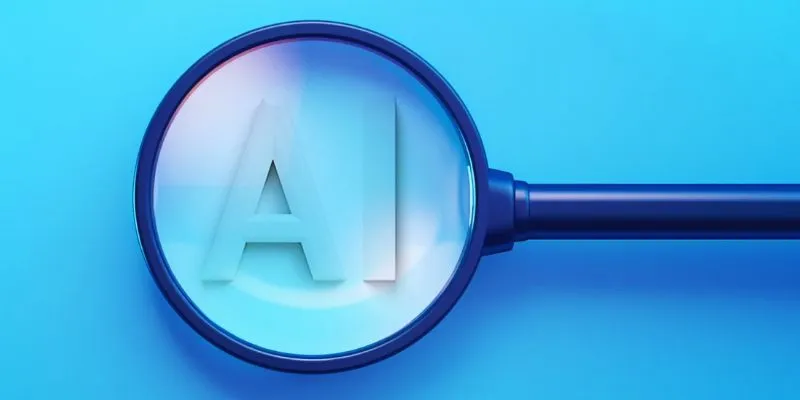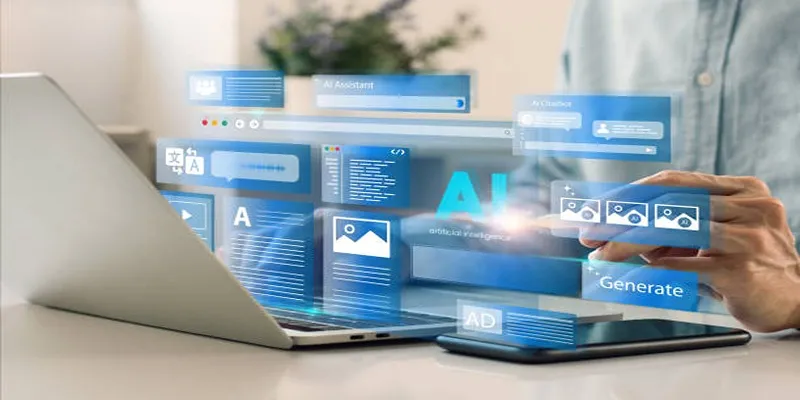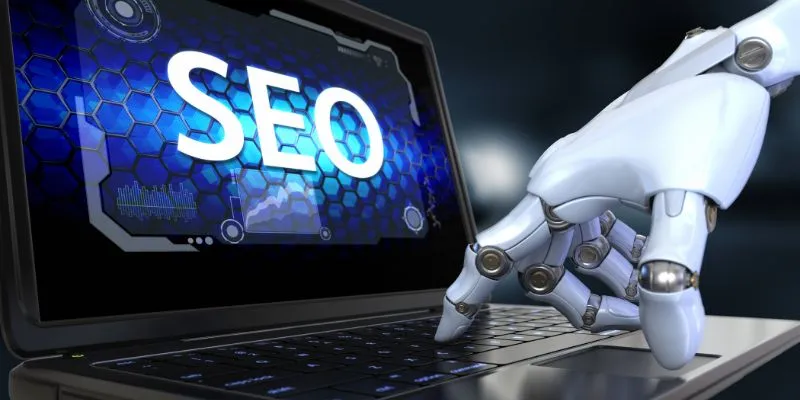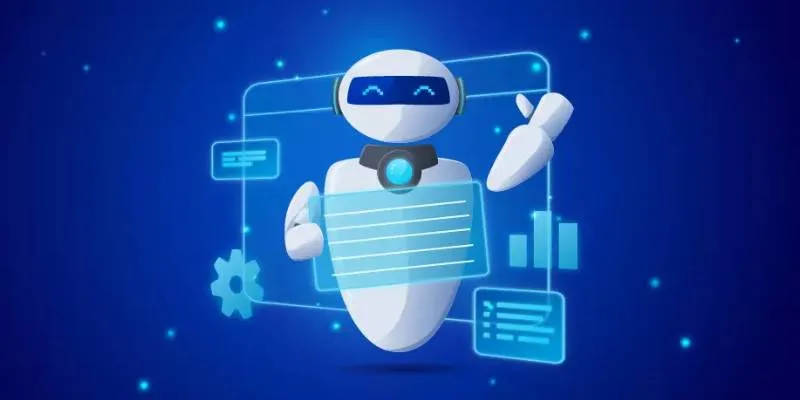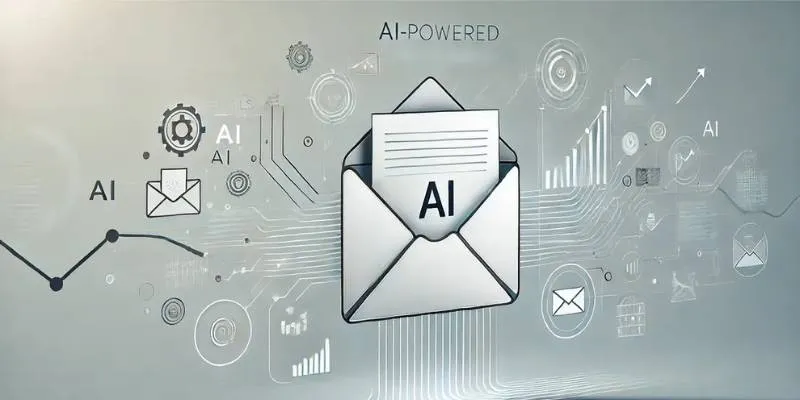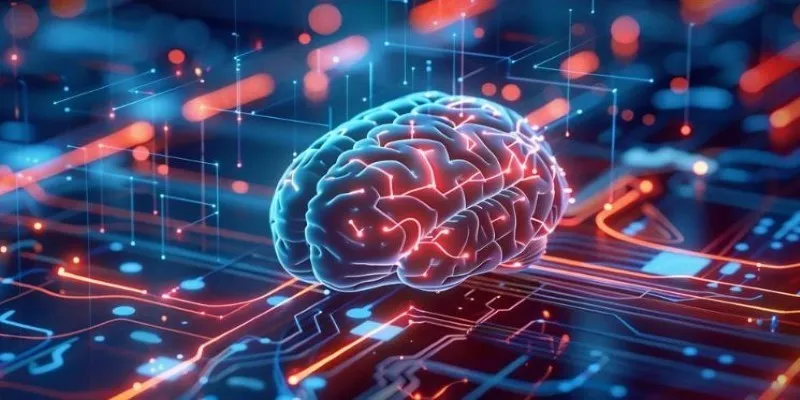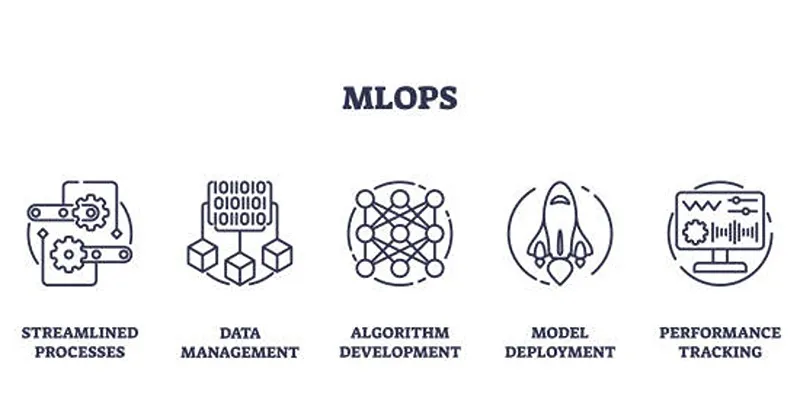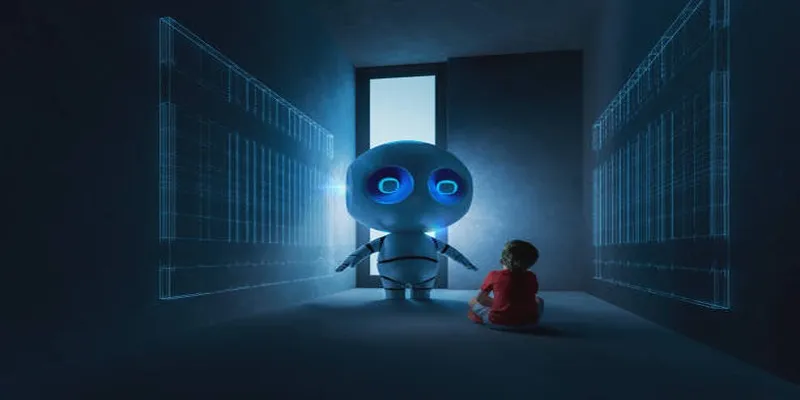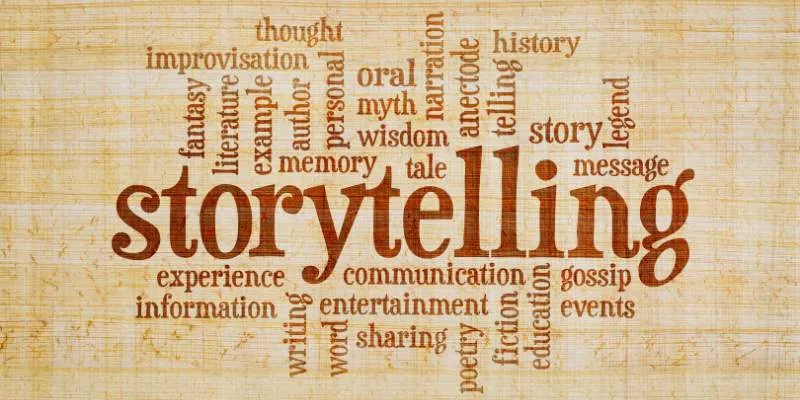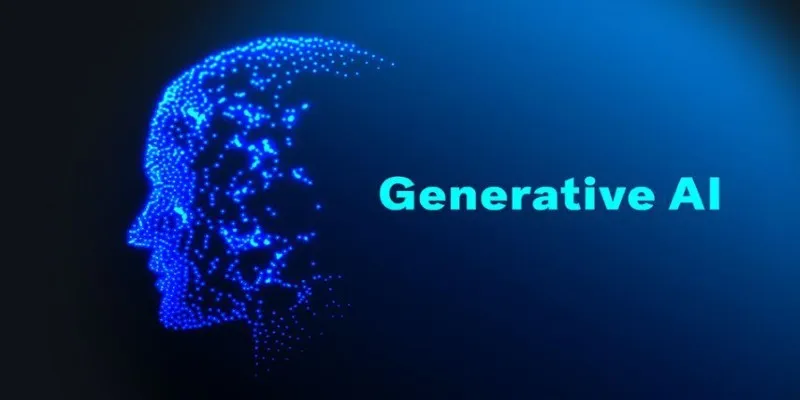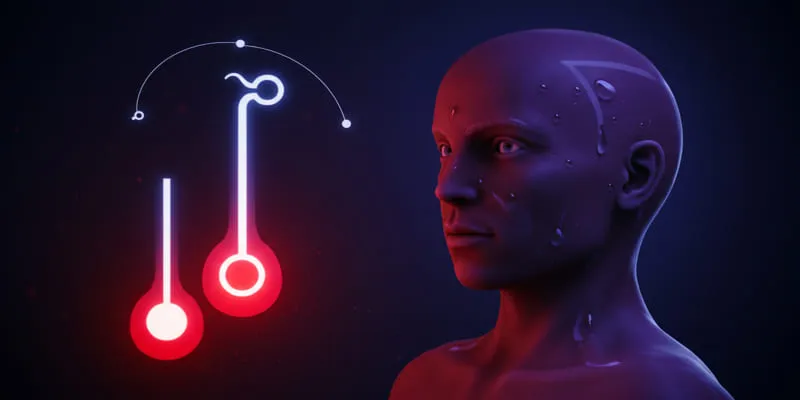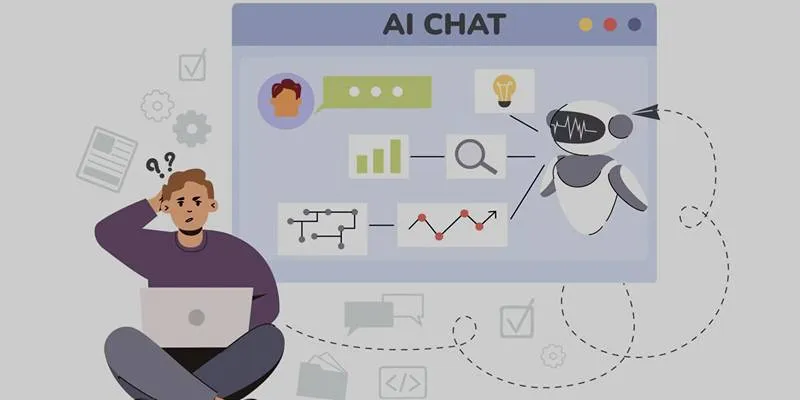As AI-generated content becomes more prevalent in education, journalism, and digital communication, the demand for tools that can discern whether a piece of writing was created by a human or an AI is on the rise. Tools like ZeroGPT have gained popularity, claiming to identify AI-generated text with precision. Their promise is tempting: a quick, reliable method to verify authorship in a world awash with machine-written material.
However, these tools are not as effective as their marketing suggests. The reality is more nuanced than many assume. Many believe AI detectors are objective and transparent, but their operations are based more on probability than certainty. The results they provide are often more akin to educated guesses rather than definitive answers.
This post outlines four clear examples demonstrating why tools like ZeroGPT and similar AI detectors cannot—and should not—be blindly trusted. Each example reveals significant flaws in how these tools operate, underscoring the necessity of human judgment in evaluating content authenticity.
1. When Human Writing Is Falsely Flagged as AI-Generated
One of the most damaging errors made by AI detection tools like ZeroGPT is the misclassification of genuine human writing as AI-generated. This issue is especially prevalent in academic settings, where students are often subjected to these tools to prove authorship.
Consider a scenario where a student writes an original essay without AI assistance. They submit it to a teacher who then runs it through ZeroGPT. The tool returns a verdict of “90% AI-generated,” leading to accusations of misconduct despite the content being entirely their own.
This situation is more common than it should be. AI detectors often base their conclusions on stylistic patterns—such as predictability, repetition, or formality—that can appear in polished human writing. Ironically, students who write with clarity and structure may be more likely to be flagged than those who write less formally.
These false positives undermine trust in both the tool and the process. Educators and institutions relying on such verdicts can cause irreversible damage to reputations and academic records. When the detector mistakes well- written content for synthetic output, the tool becomes a liability, not a safeguard.
2. When AI-Generated Content Slips Through Undetected

At the other end of the spectrum, AI-generated text is often misclassified as human-written. This false negative undermines the very purpose of AI detection. Tools like ZeroGPT may claim high accuracy, but AI-generated content—especially when lightly edited—frequently bypasses detection systems.
For instance, a content creator might use ChatGPT to draft an article and then manually revise a few phrases and sentence structures. Once submitted to ZeroGPT, the tool may return a result “human-written” with high confidence, creating a false sense of authenticity and allowing fully AI-generated material to pass for original human work.
This vulnerability is dangerous, particularly in journalism, research publishing, and legal writing. When minor edits can mask AI, and detectors can’t catch it, misinformation and low-quality content can circulate freely under a veneer of credibility.
These failures expose the core weakness in how AI detectors work. They do not “know” how the content was created. Instead, they measure patterns and compare them to statistical profiles. Once a text has been altered—however slightly—those statistical markers may disappear.
3. When the Same Text Gets Different Results on Different Tools
Another major problem with AI detection tools is the lack of consistency. A single piece of writing can yield wildly different results depending on which detection platform is used.
A user may run the same article through ZeroGPT and another detection tool, such as GPTZero or Winston AI. One platform may flag the text as “AI- generated,” while another labels it as “100% human.” Such conflicting conclusions reveal how arbitrary and subjective these tools can be.
This inconsistency stems from the fact that each detector is trained on different datasets and uses different criteria to make its assessments. There is no universal benchmark or agreed-upon definition of what makes text “AI- like.”
As a result, these tools can’t offer a unified or reliable standard. Their disagreements show that none of them should be treated as definitive. Anyone using these detectors to make important decisions—like teachers, employers, or editors—is relying on fragile logic.
If a tool cannot produce the same result across platforms or contexts, it cannot be trusted as a factual authority. Such inconsistency undermines its credibility and renders its verdicts unreliable.
4. When Tools Claim 100% Certainty Without Any Evidence
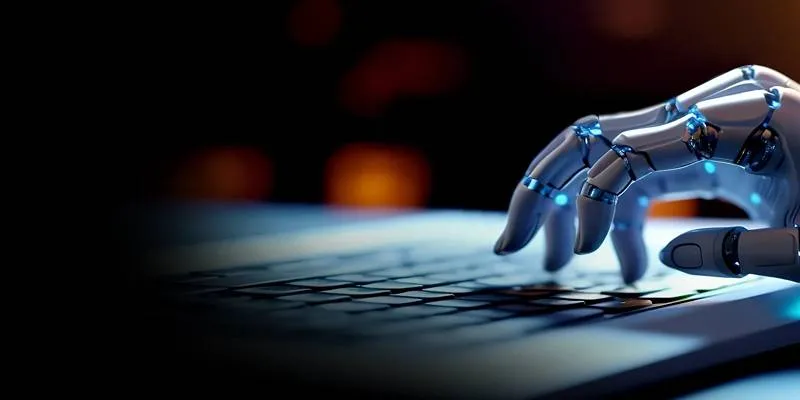
Perhaps the most misleading feature of tools like ZeroGPT is the illusion of absolute certainty. Many AI detectors present their findings in bold terms: “100% AI-generated” or “This text is entirely human.” These statements suggest factual accuracy, but they are based on probability—not proof.
The reality is that AI detection tools do not provide evidence to support their claims. They do not cite specific patterns or highlight the parts of the text that triggered the verdict. Users are expected to trust a black-box algorithm without transparency or accountability.
This becomes especially harmful when the output is used as evidence against someone. In schools, workplaces, or legal environments, such tools can lead to real-world consequences. Yet their decision-making process remains hidden and unverifiable.
By presenting guesses as facts, AI detectors create false confidence. They mislead users into believing they are using a scientific tool when, in fact, they are relying on a probabilistic model with a high margin of error.
Conclusion
AI detection tools like ZeroGPT are marketed as reliable solutions, but the reality is more complicated. They regularly misclassify human writing, fail to detect altered AI content, deliver inconsistent results, and present guesses as facts.
For educators, employers, and content platforms, the message is clear: these tools can be useful as starting points—but not as final judges. No verdict from ZeroGPT or any other detector should be treated as conclusive without human evaluation.
 zfn9
zfn9
